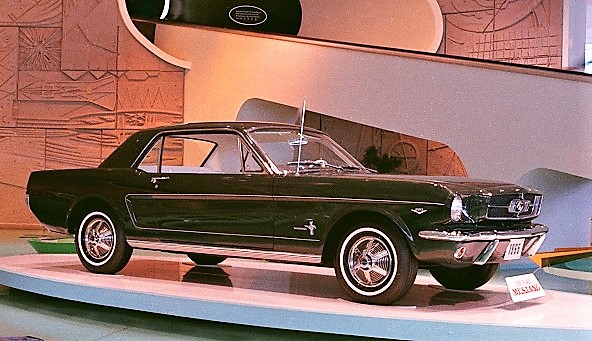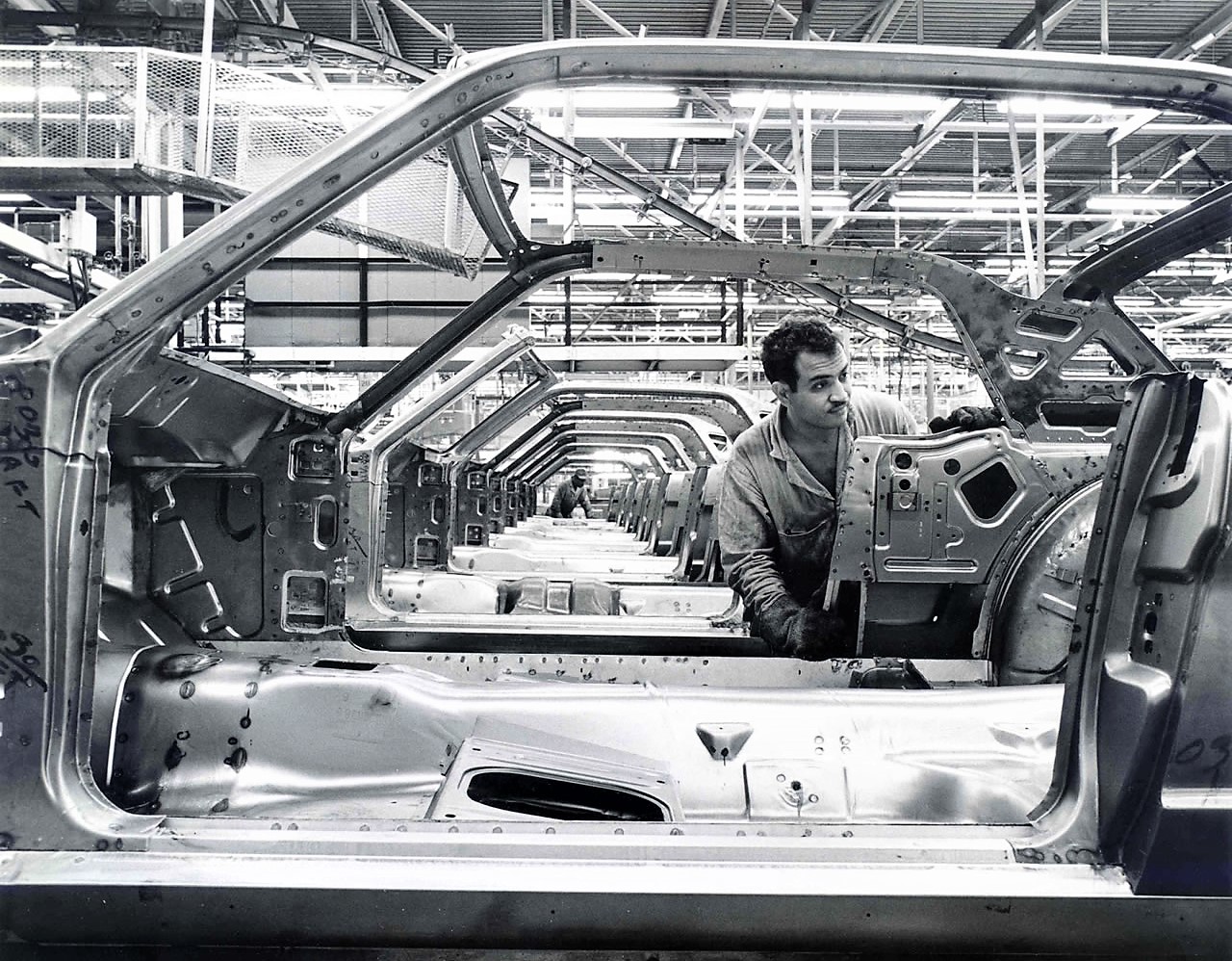(Editor’s note: April 17 is National Mustang Day and we’ve put together a package of stories, including this one by William Hall, a Mustang buyer’s guide by Andy Reid, our staffers’ Mustang memories, and even the Pick of the Day.)
If you had to boil down the vast achievements of the Ford Motor Company to only three cars, they would undoubtedly include the Model T, the Model A and the Mustang. The original Pony Car has endured for 54 years (the second longest-running nameplate to only the Chevy Corvette) creating generations of fans.
Moreover, it has become a symbol of youth and freedom, and one of America’s iconic pop-culture exports known around the world.
It’s been that way since Day 1. Right out of the gate, the first Mustang was an unexpected sensation that caught Ford off-guard. Production officially began in Dearborn, Michigan, on March 9, 1964, with a reveal at the New York World’s Fair on April 17, five months ahead of normal model-year releases.
Reportedly, Ford projected annual sales of 100,000 units. On the first day alone, they took 22,000 orders. Ford had a hit on its hands, and the automaker rapidly converted two additional plants – Edison, New Jersey and San Jose, California – to keep up with demand.

Trying to catch lightning in a bottle, the factories ran full tilt until a production changeover in August 1964 introduced some model improvements, notably replacing generators with alternators and upgrading the optional 260cid V8 engine to a 289. These early, first-production 1965 model cars are unofficially designated as 1964½, and they are the purest vision of the successful Mustang formula.
The Mustang was developed under the direct supervision of Ford general manager Lee Iacocca, who wanted a new subcompact entry for the automaker’s catalog. Five parameters were laid out for the car: it must seat four, have bucket seats, have a floor shifter, weigh no more than 2,500 pounds. and sell for less than $2,500, with the ability to add comfort and performance options.
In other words, Mustang had to be sporty but practical, relatively lightweight and accessibly priced. Those core criteria still apply to today’s Mustangs.

Sculpted by an internal design group at Ford, the lines and proportions were heavily influenced by European cars, channeling specific elements from Ferrari and Maserati for the grille and emblem. The long hood and short trunk configuration looked sporty, and low seating made the car feel faster than it was. Targeting the youth market, a small back seat accommodated only the most limber of adolescent bodies.
A wide range of trim, paint and driveline options allowed for personalization of the coupes and convertibles (fastbacks would not arrive until later in 1965). Tuners such as Holman-Moody and Carroll Shelby would extract maximum performance from the cars, making them mainstays in motorsports competition.
One could argue that the Mustang is truly America’s sports car, despite claims to that title made by the Corvette. The Mustang weighed in at 2,562 lbs. and cost $2,320. versus the 1965 Corvette’s 3,230 lbs. at $4,321. The Mustangs optional “K” code 289 was rated at 271 horsepower at 6,000 rpm, while the Corvette’s base 327 produced an estimated 300 horsepower at 5,000 rpm.

The rest of the world certainly viewed the Mustang as a sports car. Thanks to participation in such European races as the Tour de France and the Rallye Monte Carlo in 1965, the early notchback coupes remain popular choices for vintage car events worldwide. Just as in America, race victories influenced street car sales. The Mustang’s smaller size and muscular lines made it much admired, especially in France and Germany, where for trademark reasons it was sold as the T-5.
The Mustang has evolved over the years, but it’s that initial first run of cars that captured and held America’s imagination. It’s the car that the Smithsonian holds in its Transportation Collection, as much for its design importance as for its role as a cultural landmark for a country at a generational crossroads.
The Mustang came along at a time of exciting music, art, film and social revolution. It reminds us of the excitement and aspirations of youth, and others of the appeal of American popular culture. Its importance transcends automobiles, and acts as a cherished icon from this country’s past. Deservedly, it now has its own celebration day in which we can reflect upon its impact.







GREAT old info,YA as a 57 chev man I love those old mustangs Too.
Three cheers for the Ford Mustang. I was 15 in ’64 and have always been a car nut with a capital N. Although I never got around to buying one, I followed their evolution. Ford did such a great job with the 6th gen, bringing it into the 21st century, yet retaining the unmistakable early Mustang DNA, that I couldn’t resist a brand new ’17 lightning blue V6 base auto. A few cosmetic mods later and when I get in the driver seat, It’s 1965 all over again.
I’m a Ford person, I love t birds but never liked mustangs, so it figures Ford would throw the bird under the bus and hype the mustang. I still own a 2004 bird that I bought new, it has 17,ooo
Miles on it and is still like new.